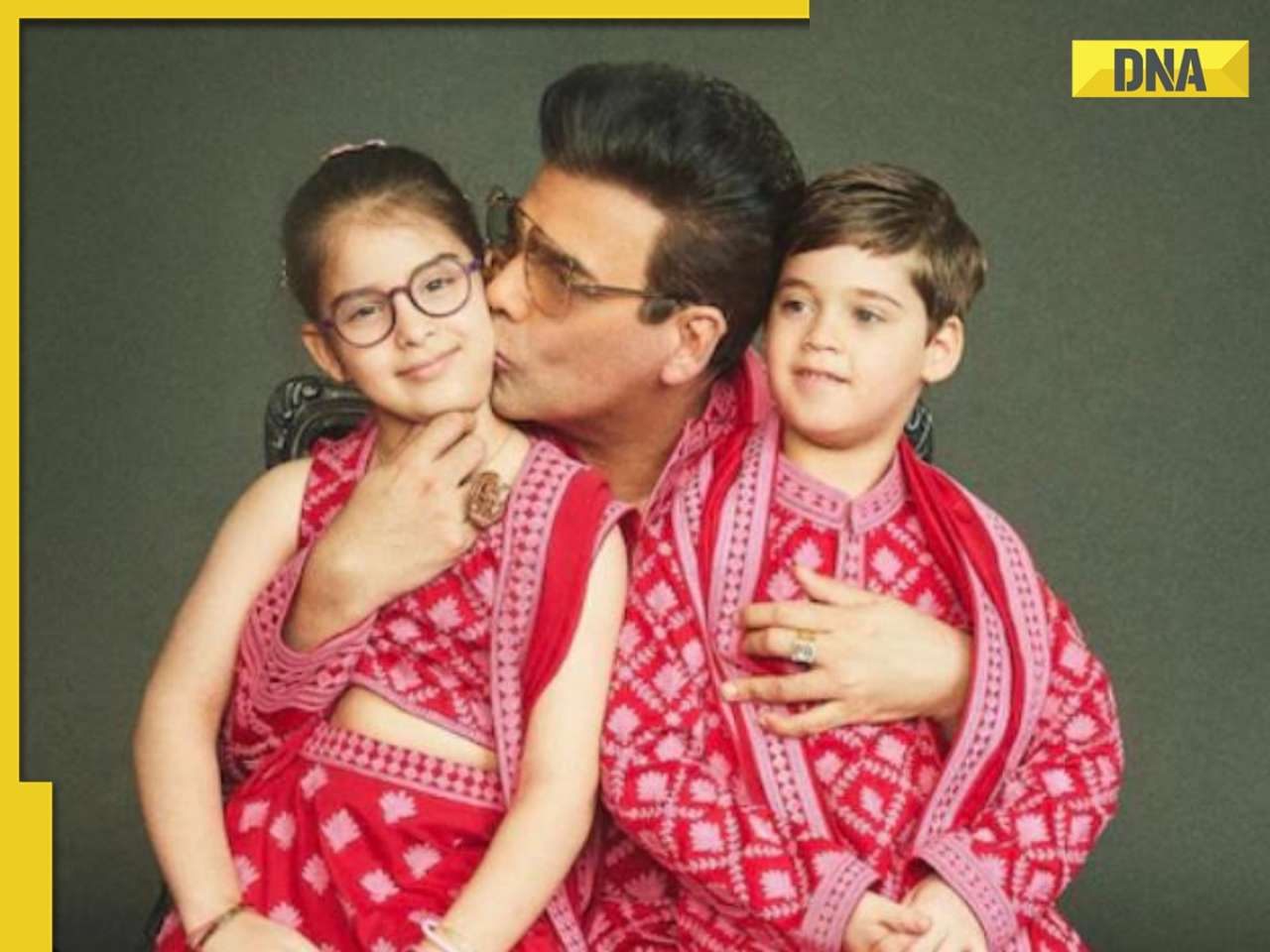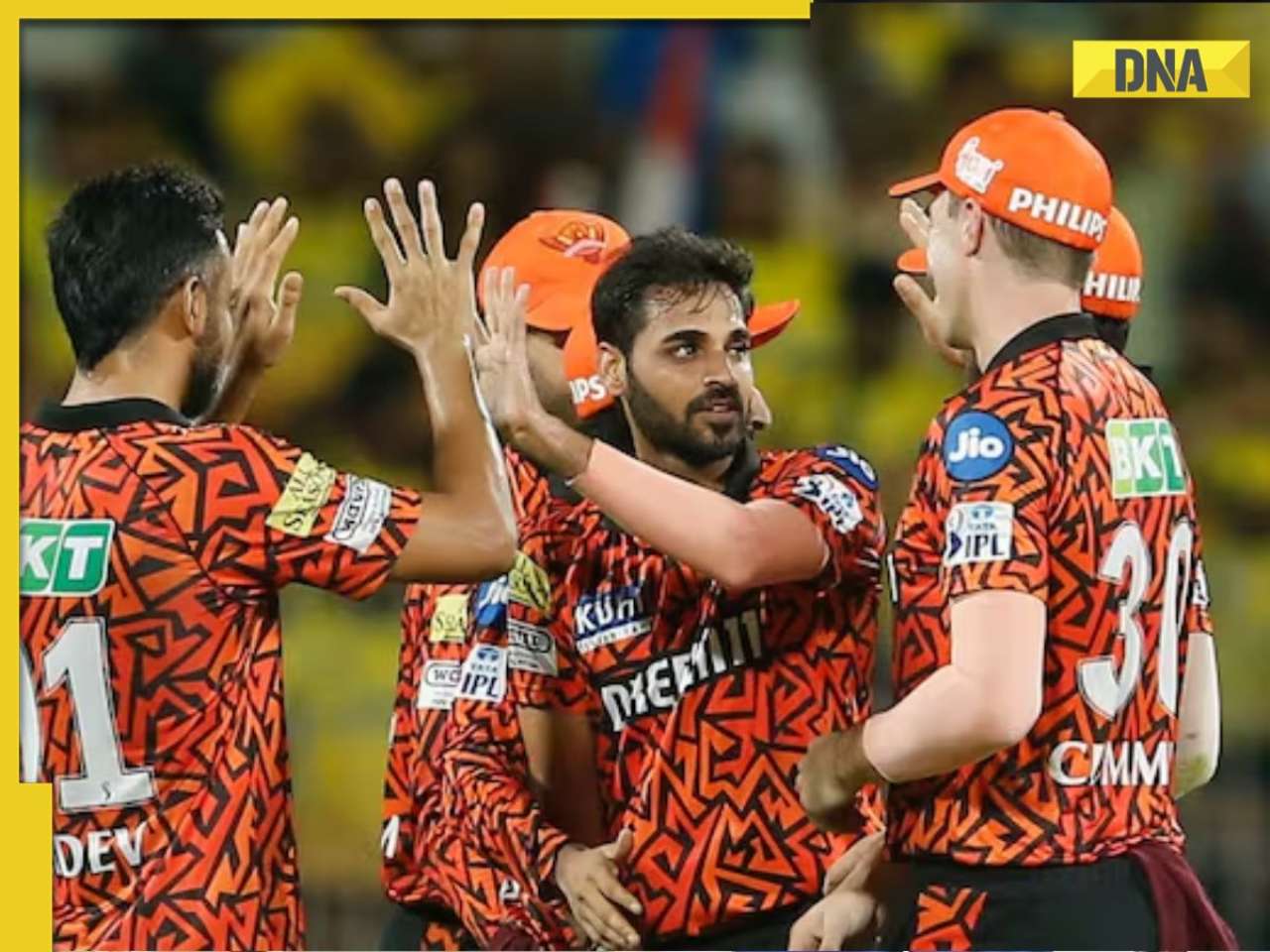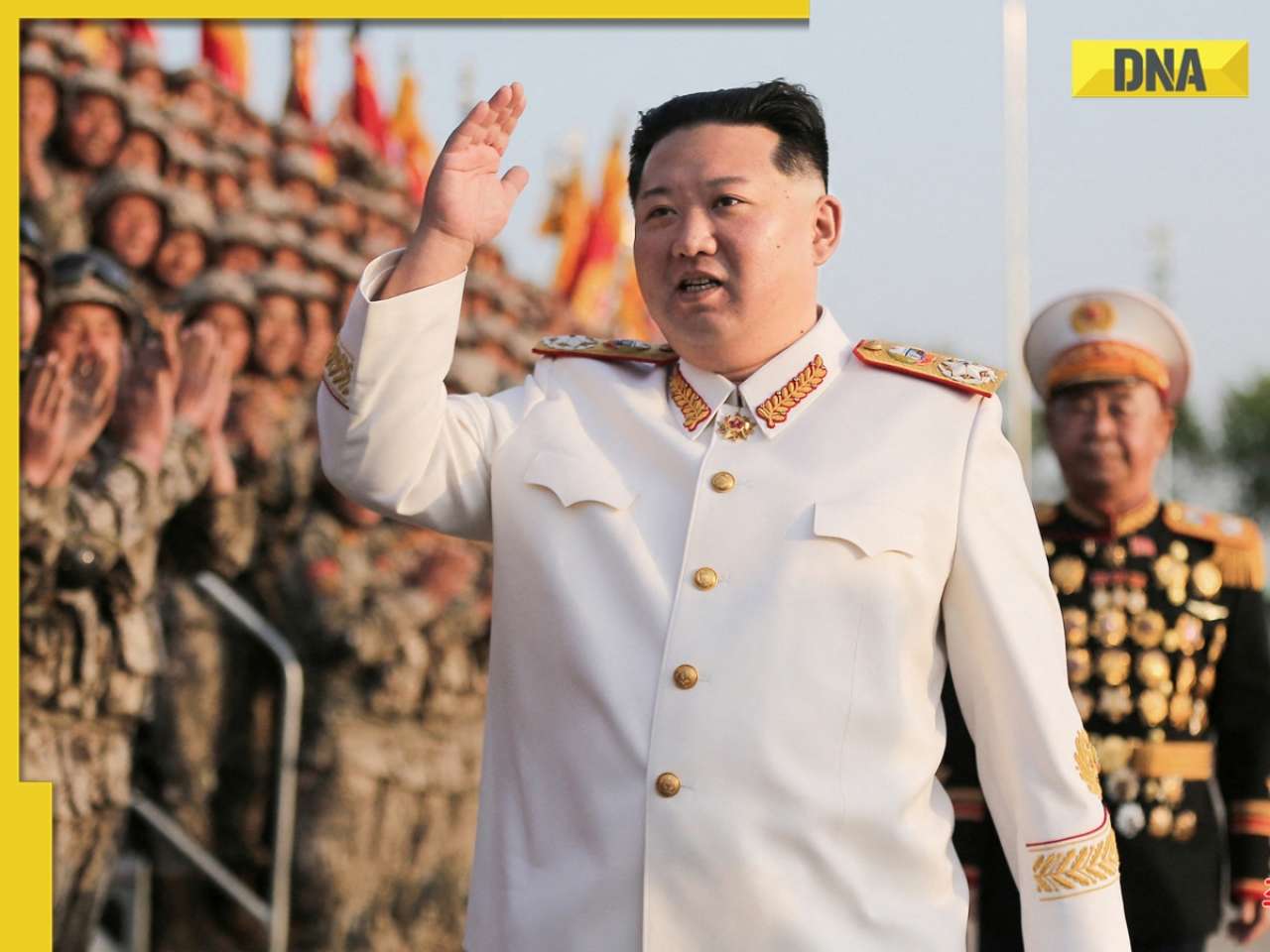October 31 marks the 25th anniversary of the assassination of Indira Gandhi, the woman who defined Indian politics for a generation. Today’s Congress is unabashedly studying her blueprint for ideas and tactics
October 31 marks the 25th anniversary of the assassination of Indira Gandhi,
the woman who defined Indian politics for a generation. Today’s Congress is unabashedly studying her blueprint for ideas and tactics.
Twenty-five years after her assassination, the Congress is seeking to revive Indira Gandhi’s legacy. The swathe of programmes that will unfold at the exact moment she was shot, 9.20 am, October 31, is not sepia-tinted nostalgia for a woman inextricably linked to the party’s history. It’s part of a meticulously-planned strategy to recapture the glory days of the Congress, when the party under Gandhi successfully fought off challenges from within and outside to become the pre-dominant political force in the country.
If there’s an element of irony in the party moving back to its left-of-centre moorings after taking a decisive right turn in 1991 with Manmohan Singh’s economic liberalisation programme, few Congress leaders seem to be bothered by it. “Indira Gandhi is more relevant than ever,” says party general secretary Janardhan Dwivedi. “She should be our role model today, not Rajiv Gandhi. The country and the world need a strong leader like her. She knew better than anyone else how politics should be handled. Her policies and programmes are pertinent even today.”
The journey of rediscovering Indira Gandhi has gained momentum after the 2009 Lok Sabha polls, which the Congress believes it won because of its aggressive pro-poor positioning through measures like the National Rural Employment Guarantee Act, a Rs60,000-crore loan waiver for poor farmers, the midday meal scheme and education programmes under the Sarva Siksha Abhiyaan.
The names were different but there were unmistakable shades of Indira Gandhi’s famous “garibi hatao” slogan that swept her to a two-thirds majority in 1971. Today, like then, the opposition, both Left and Right, lie decimated under a tidal wave of populism unleashed by the Congress.
“The nomenclatures have to change with the times,” points out information and broadcasting minister Ambika Soni. “So, instead of garibi hatao, we call it politics of inclusion. But the ethos is the same.”
With the Left and Right floundering for a counter-strategy, the Congress is in resurgence mode. And it is unabashedly studying Gandhi’s blueprint for ideas and tactics. A senior leader who wished to remain anonymous acknowledged that in the past couple of years, Gandhi has increasingly come to figure in internal debates and strategy sessions. Rahul Gandhi’s plans for a Congress revival in Uttar Pradesh and Bihar, for instance, are straight out of his grandmother’s copybook.
When the Congress lost ground in these two politically crucial states in 1967 to the Sanyukta Vidhayak Dal, the precursor to the Janata coalitions of later years, Indira Gandhi crafted the party’s return by stitching together an unbeatable caste alliance of Brahmins, Dalits and Muslims. This is Rahul’s roadmap too for the 2014 elections, which the Congress hopes will be a watershed in the march back to single-party rule.
The driving force behind the bid to recreate Indira Gandhi’s legacy is Sonia Gandhi. Deeply influenced by her dominating mother-in-law, Sonia began her political career in December 1997 with physical emulation, down to the big wristwatch and rapid strides that were Indira Gandhi’s hallmark. Sonia’s political successes have given her the confidence to abandon those trappings today but she has chosen to retain the branding. “Sonia Gandhi internalised Indira Gandhi’s concern for the poor,” maintains party spokesman Manish Tiwari. “Indira Gandhi believed in decisive state intervention on behalf of the poor and broad-based state instruments like banking to help the underprivileged. These remain part of our political idiom.”
Recalls Indira Gandhi’s close aide RK Dhawan, “Before taking any decision, Indira Gandhi always used to ask: ‘Janata kya sochegi?’ I think the same thought troubles Sonia Gandhi also. She is as concerned about the party’s image among the poor as Indira Gandhi was.”
As the Congress fights to regain its pre-eminent position, Indira Gandhi’s shadow is likely to loom in larger-than-life images in the days to come. The impact is already being felt by the Manmohan Singh government. Its autonomy is slowly being whittled, especially on the policy front. Think Sharm-el-Sheikh, when the prime minister was forced to backtrack on the controversial joint statement with Pakistan after his party expressed public displeasure. Think anti-Naxal operations: the government has been forced to go slow and soften its language because of possible collateral damage to a critical political constituency for the Congress, the tribals.
The pro-market lobby and other liberalisers in the government may chaff but true-blue Congresswallahs are gung-ho. “The imprint of Indira Gandhi on today’s Congress is indelible,” insists Soni. “We have to get back to her politics and policies if we want to get out of the kind of fragmented politics we have today.”
![submenu-img]() Mukesh Ambani’s daughter Isha Ambani’s firm launches new brand, Reliance’s Rs 8200000000000 company to…
Mukesh Ambani’s daughter Isha Ambani’s firm launches new brand, Reliance’s Rs 8200000000000 company to…![submenu-img]() Sonali Bendre says producers called her 'too thin', tried to ‘fatten her up' during the 90s: ‘They'd just tell me...'
Sonali Bendre says producers called her 'too thin', tried to ‘fatten her up' during the 90s: ‘They'd just tell me...'![submenu-img]() Heavy rains in UAE again: Dubai flights cancelled, schools and offices shut
Heavy rains in UAE again: Dubai flights cancelled, schools and offices shut![submenu-img]() When 3 Bollywood films with same story released together, two even had same hero, all were hits, one launched star kid
When 3 Bollywood films with same story released together, two even had same hero, all were hits, one launched star kid![submenu-img]() Gautam Adani’s firm gets Rs 33350000000 from five banks, to use money for…
Gautam Adani’s firm gets Rs 33350000000 from five banks, to use money for…![submenu-img]() DNA Verified: Is CAA an anti-Muslim law? Centre terms news report as 'misleading'
DNA Verified: Is CAA an anti-Muslim law? Centre terms news report as 'misleading'![submenu-img]() DNA Verified: Lok Sabha Elections 2024 to be held on April 19? Know truth behind viral message
DNA Verified: Lok Sabha Elections 2024 to be held on April 19? Know truth behind viral message![submenu-img]() DNA Verified: Modi govt giving students free laptops under 'One Student One Laptop' scheme? Know truth here
DNA Verified: Modi govt giving students free laptops under 'One Student One Laptop' scheme? Know truth here![submenu-img]() DNA Verified: Shah Rukh Khan denies reports of his role in release of India's naval officers from Qatar
DNA Verified: Shah Rukh Khan denies reports of his role in release of India's naval officers from Qatar![submenu-img]() DNA Verified: Is govt providing Rs 1.6 lakh benefit to girls under PM Ladli Laxmi Yojana? Know truth
DNA Verified: Is govt providing Rs 1.6 lakh benefit to girls under PM Ladli Laxmi Yojana? Know truth![submenu-img]() Remember Ayesha Kapur? Michelle from Black, here's how actress, nutrition coach, entrepreneur looks after 19 years
Remember Ayesha Kapur? Michelle from Black, here's how actress, nutrition coach, entrepreneur looks after 19 years![submenu-img]() Remember Heyy Babyy's cute 'Angel' Juanna Sanghvi? 20 year-old looks unrecognisable now, fans say 'her comeback will...'
Remember Heyy Babyy's cute 'Angel' Juanna Sanghvi? 20 year-old looks unrecognisable now, fans say 'her comeback will...'![submenu-img]() In pics: Arti Singh stuns in red lehenga as she ties the knot with beau Dipak Chauhan in dreamy wedding
In pics: Arti Singh stuns in red lehenga as she ties the knot with beau Dipak Chauhan in dreamy wedding![submenu-img]() Actors who died due to cosmetic surgeries
Actors who died due to cosmetic surgeries![submenu-img]() See inside pics: Malayalam star Aparna Das' dreamy wedding with Manjummel Boys actor Deepak Parambol
See inside pics: Malayalam star Aparna Das' dreamy wedding with Manjummel Boys actor Deepak Parambol ![submenu-img]() DNA Explainer: Why Harvey Weinstein's rape conviction was overturned, will beleaguered Hollywood mogul get out of jail?
DNA Explainer: Why Harvey Weinstein's rape conviction was overturned, will beleaguered Hollywood mogul get out of jail?![submenu-img]() What is inheritance tax?
What is inheritance tax?![submenu-img]() DNA Explainer: What is cloud seeding which is blamed for wreaking havoc in Dubai?
DNA Explainer: What is cloud seeding which is blamed for wreaking havoc in Dubai?![submenu-img]() DNA Explainer: What is Israel's Arrow-3 defence system used to intercept Iran's missile attack?
DNA Explainer: What is Israel's Arrow-3 defence system used to intercept Iran's missile attack?![submenu-img]() DNA Explainer: How Iranian projectiles failed to breach iron-clad Israeli air defence
DNA Explainer: How Iranian projectiles failed to breach iron-clad Israeli air defence![submenu-img]() Sonali Bendre says producers called her 'too thin', tried to ‘fatten her up' during the 90s: ‘They'd just tell me...'
Sonali Bendre says producers called her 'too thin', tried to ‘fatten her up' during the 90s: ‘They'd just tell me...'![submenu-img]() When 3 Bollywood films with same story released together, two even had same hero, all were hits, one launched star kid
When 3 Bollywood films with same story released together, two even had same hero, all were hits, one launched star kid![submenu-img]() Salman Khan house firing case: Family of deceased accused claims police 'murdered' him, says ‘He was not the kind…’
Salman Khan house firing case: Family of deceased accused claims police 'murdered' him, says ‘He was not the kind…’![submenu-img]() Meet actor banned by entire Bollywood, was sent to jail for years, fought cancer, earned Rs 3000 crore on comeback
Meet actor banned by entire Bollywood, was sent to jail for years, fought cancer, earned Rs 3000 crore on comeback ![submenu-img]() Karan Johar wants to ‘disinherit’ son Yash after his ‘you don’t deserve anything’ remark: ‘Roohi will…’
Karan Johar wants to ‘disinherit’ son Yash after his ‘you don’t deserve anything’ remark: ‘Roohi will…’![submenu-img]() IPL 2024: Bhuvneshwar Kumar's last ball wicket power SRH to 1-run win against RR
IPL 2024: Bhuvneshwar Kumar's last ball wicket power SRH to 1-run win against RR![submenu-img]() BCCI reacts to Rinku Singh’s exclusion from India T20 World Cup 2024 squad, says ��‘he has done…’
BCCI reacts to Rinku Singh’s exclusion from India T20 World Cup 2024 squad, says ��‘he has done…’![submenu-img]() MI vs KKR, IPL 2024: Predicted playing XI, live streaming details, weather and pitch report
MI vs KKR, IPL 2024: Predicted playing XI, live streaming details, weather and pitch report![submenu-img]() IPL 2024: How can RCB and MI still qualify for playoffs?
IPL 2024: How can RCB and MI still qualify for playoffs?![submenu-img]() MI vs KKR IPL 2024 Dream11 prediction: Fantasy cricket tips for Mumbai Indians vs Kolkata Knight Riders
MI vs KKR IPL 2024 Dream11 prediction: Fantasy cricket tips for Mumbai Indians vs Kolkata Knight Riders ![submenu-img]() '25 virgin girls' are part of Kim Jong un's 'pleasure squad', some for sex, some for dancing, some for...
'25 virgin girls' are part of Kim Jong un's 'pleasure squad', some for sex, some for dancing, some for...![submenu-img]() Man dances with horse carrying groom in viral video, internet loves it
Man dances with horse carrying groom in viral video, internet loves it ![submenu-img]() Viral video: 78-year-old man's heartwarming surprise for wife sparks tears of joy
Viral video: 78-year-old man's heartwarming surprise for wife sparks tears of joy![submenu-img]() Man offers water to thirsty camel in scorching desert, viral video wins hearts
Man offers water to thirsty camel in scorching desert, viral video wins hearts![submenu-img]() Pakistani groom gifts framed picture of former PM Imran Khan to bride, her reaction is now a viral video
Pakistani groom gifts framed picture of former PM Imran Khan to bride, her reaction is now a viral video












































)
)
)
)
)
)